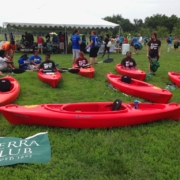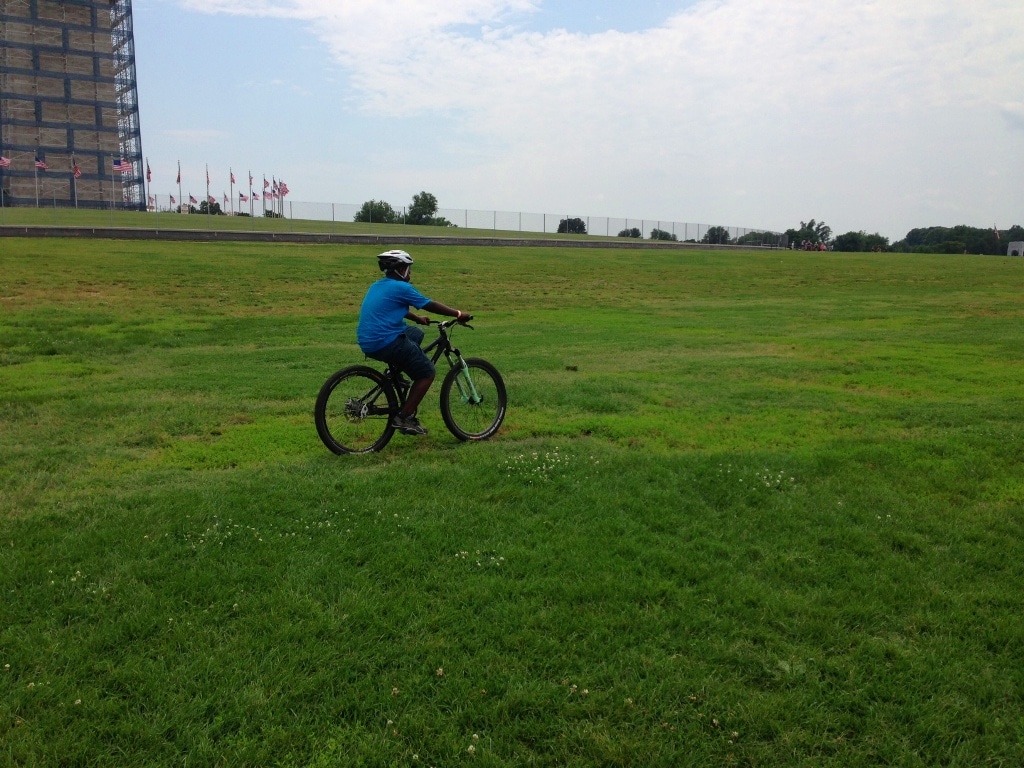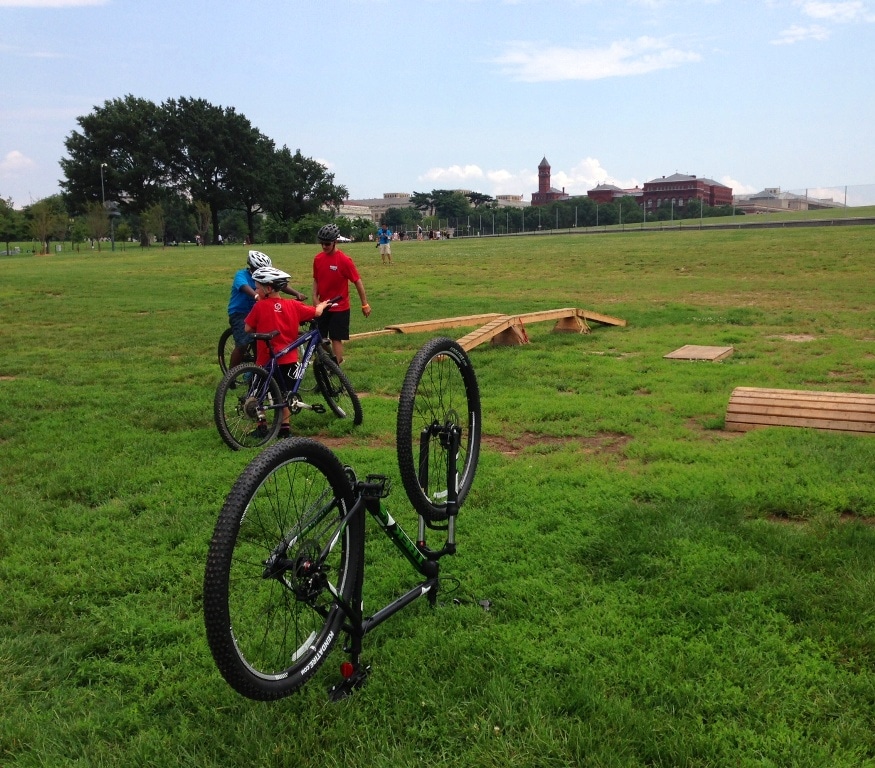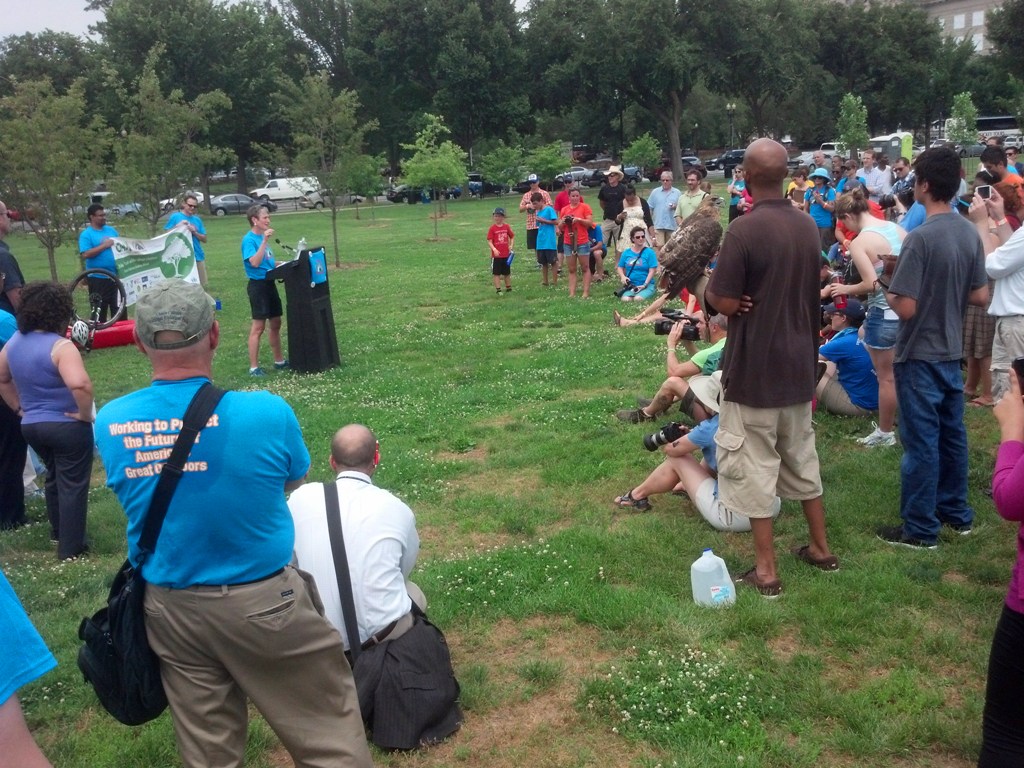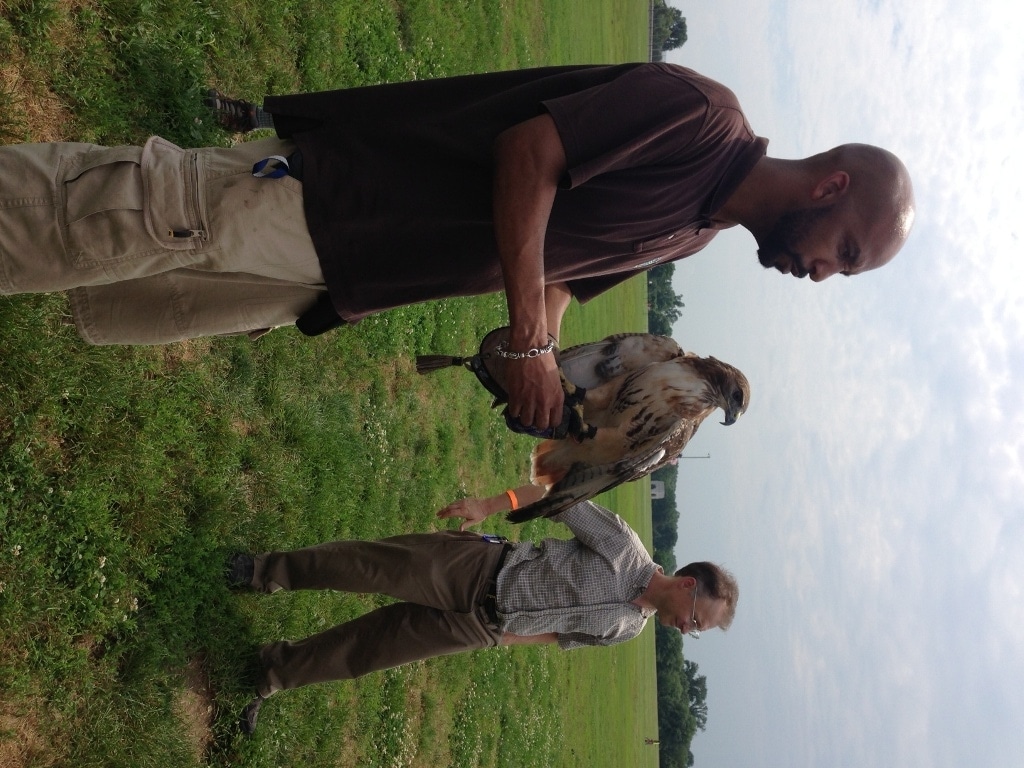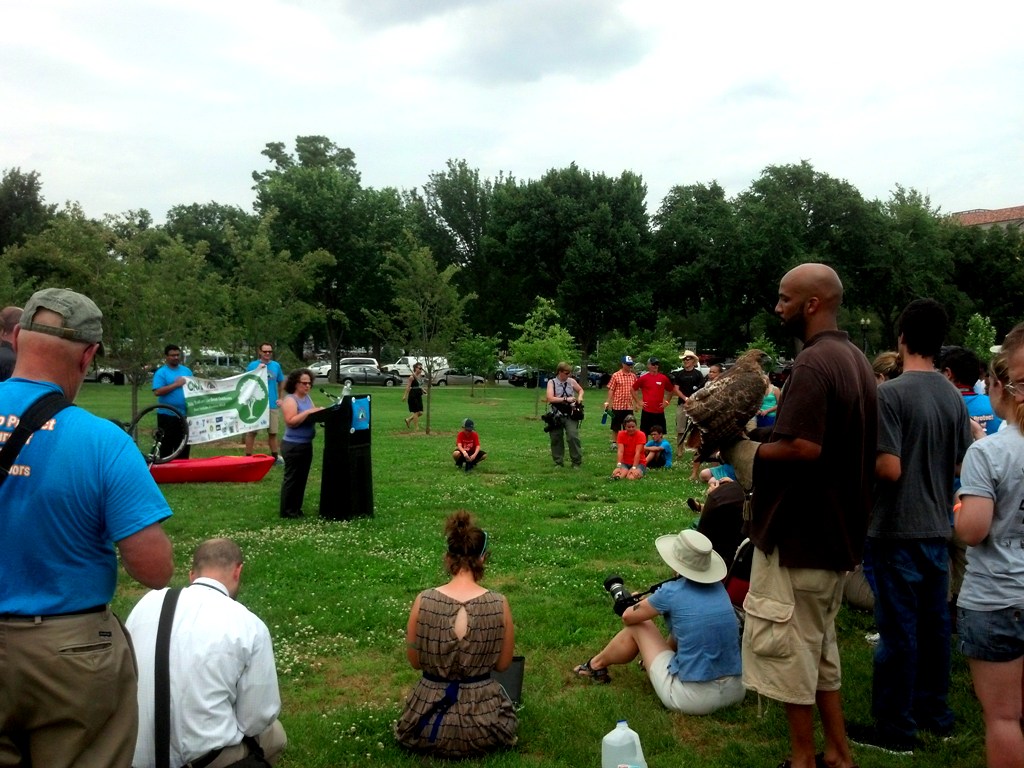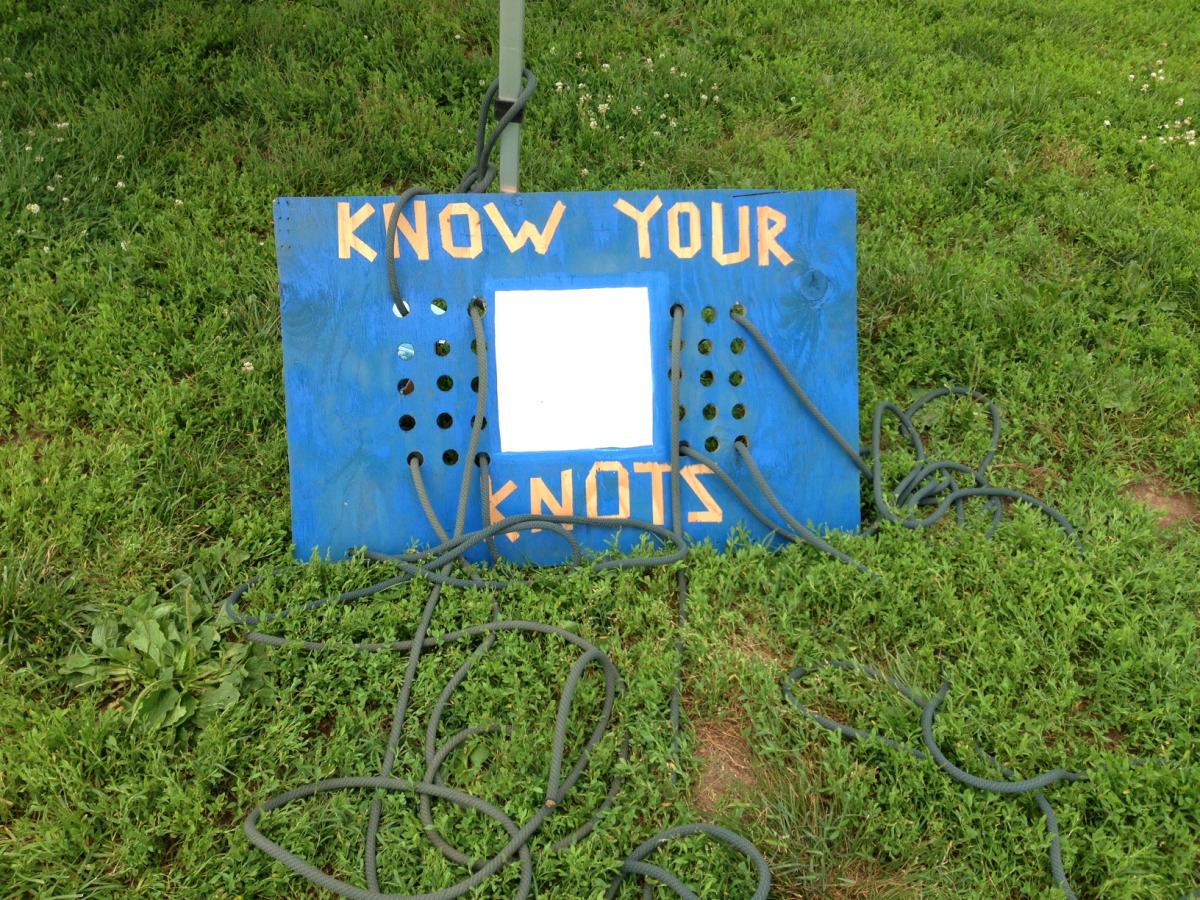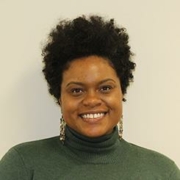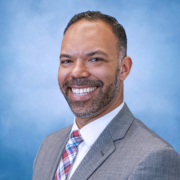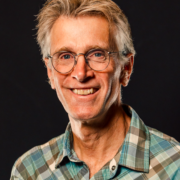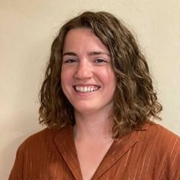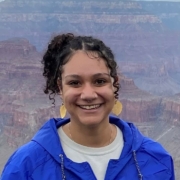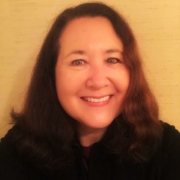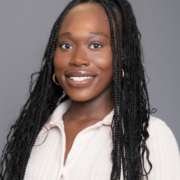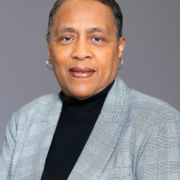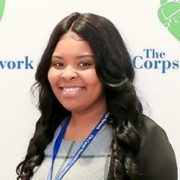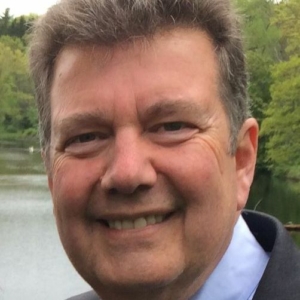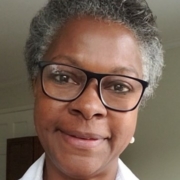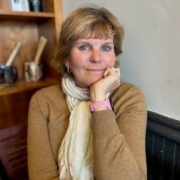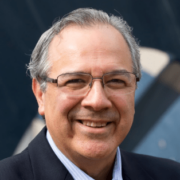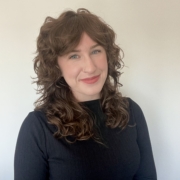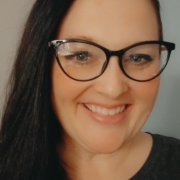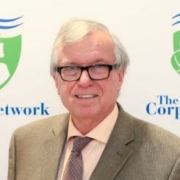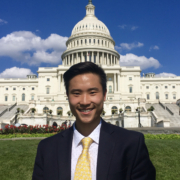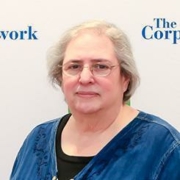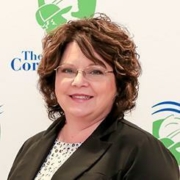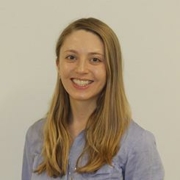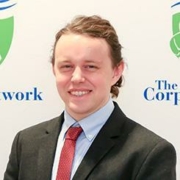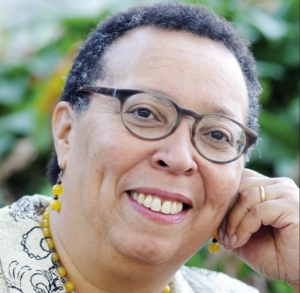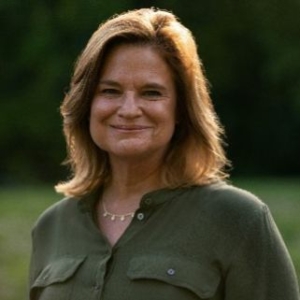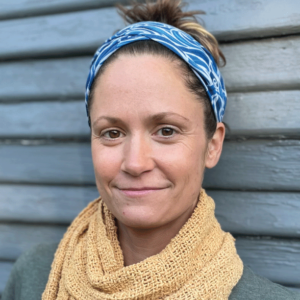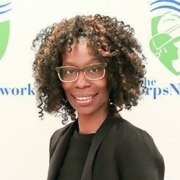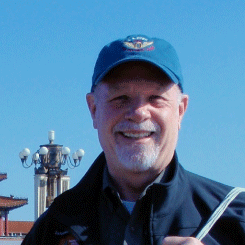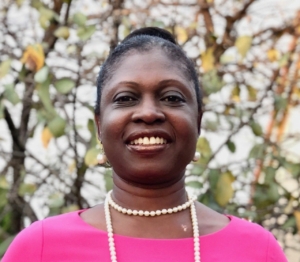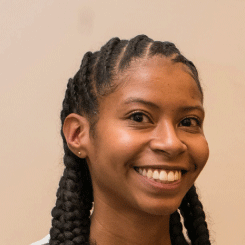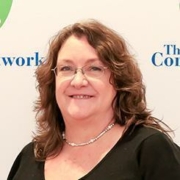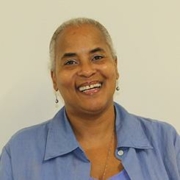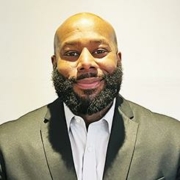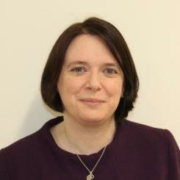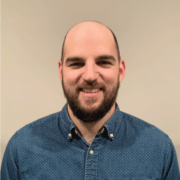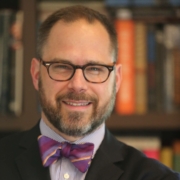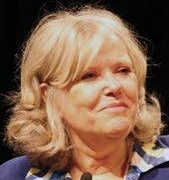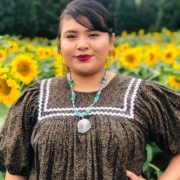
National Council of Young Leaders banner, painted by council member Francisco Garcia
Created in July 2012 in response to a recommendation from the White House Council on Community Solutions, the National Council of Young Leaders is tasked with informing policymakers, business leaders and funders about the issues faced by America’s young people. The 14 founding council members, ranging in age from 18 to 34, come from diverse upbringings in urban and rural low-income communities across the nation. They represent our country’s Opportunity Youth: the 6.7 million young Americans who are neither in school nor working, but who pose enormous potential for our economy and our future if they are provided the opportunity to get on track and get ahead. Though each council member has overcome different kinds of obstacles, they all share in common their participation in transformative youth programs that helped them become the successful young adults they are today.
In the fall of 2012, the Council released its first publication – Recommendations to Increase Opportunity and Decrease Poverty in America. The report outlines specific actions that could help Opportunity Youth and their communities. One of highlights of the publication is the Council’s Six Recommendations for Immediate Public Action: 1) Expand effective comprehensive programs; 2) Expand National Service; 3)Expand Private Internships; 4) Increase All Forms of Mentoring; 5) Protect and Expand Pathways to Higher Education; and 6) Reform the Criminal Justice System.
We wanted to hear the Council Members describe in their own words why these specific Recommendations are important to them and important to the success of America’s young people. Below, find out why council member Christopher Prado is passionate about Recommendation #6…
Reform the Criminal Justice System:
End the pipeline to prison for children and youth, make sure punishments actually fit crimes, eliminate disparities in sentencing that correlate with race, and end the various forms of lifetime punishments for all offenders that destroy lives, families, and communities. Expand second chance and re-entry programs for all offenders.
[Recommendations to Increase Opportunity and Decrease Poverty in America, p. 8]
(Parts of Christopher’s bio and his photo were taken from the YouthBuild website)
Born and raised in Stockton, CA, Christopher Prado decided at an early age that he would do whatever he could to invest in his education. He didn’t want to experience the same barriers to economic success that he watched his father struggle with as a result of  having dropped out of high school to support their family. It was this determination that helped Christopher become a first-generation college graduate. While enrolled at California State University, East Bay, Chris was active in campus life and took advantage of every opportunity; he played intercollegiate sports, served as president of the student body, and participated in efforts to advocate for lower college tuition in California. As a political science major, Christopher benefited from spending a semester in Washington, DC as an intern for a member of Congress. This experience helped him discover a passion for local and domestic policy.
having dropped out of high school to support their family. It was this determination that helped Christopher become a first-generation college graduate. While enrolled at California State University, East Bay, Chris was active in campus life and took advantage of every opportunity; he played intercollegiate sports, served as president of the student body, and participated in efforts to advocate for lower college tuition in California. As a political science major, Christopher benefited from spending a semester in Washington, DC as an intern for a member of Congress. This experience helped him discover a passion for local and domestic policy.
Concerned about the economic and social problems in his hometown, Christopher returned to Stockton after graduating to work on a local city council campaign and as an after-school educator at Aspire Langston Hughes Academy. He currently works with the PICO Network on addressing immigration issues and helping people realize benefits they may be eligible for through the Affordable Care Act.
Why is this particular Recommendation important to you, or important to youth in general?
Reforming the criminal justice system is primarily where my interests are. I don’t know if you’ve read the book The New Jim Crow. I believe it’s by Michelle Alexander. It talks about how right now we have a huge issue with violence and the incarceration of black and brown young males. In the city of Stockton we have an issue with violence that I think is reflective of a national problem. So the city has made a Marshall Plan to stop violence. And when they were talking about the Marshall Plan, most of the homicides were black and brown males between the ages of 15 and 24. Those are our youth. I think that in the criminal justice system, often times we find that black and brown youth are the individuals that are incarcerated when they’re young and they end up staying there until their old. Essentially they’re not able to live out successful lives. So I think that’s one of the reasons why I think we need to stop this cradle to prison pipeline. That’s what’s going on in our communities through the K-12 education system. There are Zero Tolerance policies and students are getting suspended. There’s an emphasis on punitive discipline instead of restorative discipline. We’re trying to change the conversation to focus more on restorative efforts. We are operating in a world right now where the system is broken.
Stockton, CA is where I was born and raised. I graduated from California State University, East Bay and I came back to Stockton. I got my degree in political science. When I was in college, Forbes magazine had, during my sophomore year, titled Stockton “The most miserable city in the nation.” That was primarily because it has such a high homicide rate and such low literacy. And I think it’s clear there are intersections between the quality of education one is given at a young age and how that can change their trajectory to be involved in violent activities, or how it can actually put them on a path to success and prosperity.
Would you say that one of your biggest concerns about the criminal justice system is the disparity in sentencing?
Yes. At least as the Council’s Recommendation says, there is unfair sentencing. I know that one of the things around sentencing is that – I think I read a statistic that across the board, across cultures from black, brown, Asian, to low-income white folks, white people actually get pulled over just as often or even more than black and brown folks, but they aren’t sentenced as much. That’s not my opinion or bias – there are statistics that back that up.
The Recommendation suggests that reforms need to happen in the justice system to protect all offenders, not just young offenders, but do you think it’s particularly important that changes be made to specifically protect youth in the justice system?
I think both groups need protection, but because we are the National Council of Young Leaders our focus is young offenders. But “young” or “youth” is kind of subjective. I’m 23. We have someone on the Council in his 30s. Depending on who you’re talking to, we both might not be considered young, or maybe the individual who is 30+ might not be considered a youth. I know in his situation, in his encounter with the criminal justice system, he served his time. I think it’s important that we focus on youth, but I think the majority of the older folks that are in the criminal justice system now started when they were young. It’s connected.
Do you think there are any specific problems with the justice system that are particularly harmful towards young offenders?
If I could just speak generally, I went to a seminar here in Stockton and a local judge was speaking. And his perspective on whether he’s going to sentence a young person or put them in a program that’s more focused on rehabilitation, it comes down to the judge’s discretion. Prior to listening to this particular judge, I guess I kind of thought judges were handicapped in their ability to do anything. It was my assumption that it was their role to sentence folks in the way the laws are written. There’s a judge in Stockton who has a lot of influence and leadership as far as the way the court system is structured and I know he’s more progressive and proactive. There are different options where you can put offenders in probationary or rehab programs. The way he articulated it, they actually significantly increases the ability of the person, once they’re released from the criminal justice system, to function. There’s a decreased recidivism rate and he pretty much explained this through a story. He says he treats the people that come before him with respect. I guess this had a huge effect on the demeanor of the proclaimed criminals because a lot of people would take pride and want to look the judge in the eye and be fearless. But he said that from the outset, when he’s meeting somebody who’s about to be in court, he treats them with humanity and because of that philosophy it has an impact on his decision to send someone to one of these programs in the criminal justice system. There was some sort of statistic – I think it was something like there was a 70 percent drop in recidivism for people in these programs. But this is just this one judge’s philosophy. So I think that if that philosophy was national we would see the criminal justice system shift towards reform.
What do you think needs to happen to make this Recommendation a reality? It seems that you believe one of the main things that should happen is increased emphasis on reform programs.
It’s really difficult, because we can’t just focus on the criminal justice system and how the courts are run. We can’t just focus on one court system in a specific county. That court system is connected to local ordinances, which are connected to state laws, which are connected to federal legislation. The thing that we’ve been trying to do as a National Council is we’ve met people in the White House, at the Department of Justice, and also people that work for foundations that would hopefully fund programs that are preemptive. But I know one thing that I’ve done while wearing the banner of the National Council of Young Leaders here in Stockton is I’ve been part of organizing a group here in our city. Our county board of supervisors had the option to build a new prison in the county or not build one depending on their vote. So through the group that I’m organizing we were able to sway the vote on that and stop this prison from being built. 
There’s another study, and this is probably another talking point that you’ve heard as well, that from the state tests of third or fourth grade students we can project into the future which of those kids will be offenders and which will not be offenders. Us stopping that prison from being built was definitely aligned with the goals of the National Council of Young Leaders to stop the growth of the cradle to prison pipeline and the growth of the criminal justice system, which in my opinion, is not working.
The Recommendation mentions the “pipeline to prison.” What is that pipeline? What makes up the pipeline?
I can tell you some of my own experiences in the K-12 system, but also this past year I graduated from college and I worked at a charter school with 6th graders. In my experience growing up and going through the public school system, me and one of my good friends were put in the magnet program. We were part of the “smarter” students in the school. So one of my good friends – I’m a Latino male, he’s a black male – he would always get good grades, but he would always get kicked out of class. Had he not had at least a 3.5 in those classes he probably would’ve been placed in all-day suspension and had he continued he might have gotten caught up in an incident involving the juvenile justice system. This situation isn’t exclusive to this personal anecdote. We were in the magnet program, but a lot of our friends weren’t in the magnet program and they didn’t have that emphasis on education like we had. So I think that I don’t really see a strong effort from the school I was involved with to try to curb those suspensions or focus on those students who were getting suspended. They just seemed like they really didn’t know what to do with those students or they didn’t bring in the resources to deal with the situation. This is what happens across the nation. Students are put into a broken education system and this model doesn’t work for a majority of students. The emphasis is placed on the wrongdoing of the student. Plus, I know in Stockton, a lot of the schools have Zero Tolerance policies. These policies just put more emphasis on suspending students rather than educating them in a way that’s meaningful to them. So this is how it’s a cradle to prison pipeline. Where students go through the K-12 education system and don’t make it and end up in the juvenile justice system or even in the county prison.
What do you think are the biggest injustices in the justice system right now?
I think that right now one of the biggest things is that people serve their time, but even after they serve they’re still very handicapped. It’s hard enough for someone like me who has a college degree and a clean record to get a good job these days. But having to check off the box that you are a former felon is very debilitating in a highly competitive job market. When you have two resumes next to each other and both the candidates are equally qualified, one of them has a felony, I think in the mindset of the moderate employer they’re going to choose the person that doesn’t have the felony. So I think that’s a result of the criminal justice system and that’s extremely debilitating. Then additionally, stripping former felons of their voting rights is completely detrimental to creating a fully functioning democratic process in this country. So those are some of the biggest things that I think clip people’s wings, as they say.
What do you think are the most important reforms that need to happen? Are there any reforms you’d like to see that might specifically benefit young offenders?
I think that one thing that can happen is that juvenile offenders could have more access to post-secondary opportunities while they’re actually serving out their terms. Perhaps if there’s a local business or local nonprofit that can connect people to college opportunities or internship opportunities, I think there should be that relationship between that sector and the court system. You can connect people to opportunities. I think in general, the lack of opportunity and good jobs are indicators of why people might end up in the criminal justice system to begin with. Additionally, I think there could be some preemptive measures cultivated through churches and community centers. There needs to be a better understanding that it is our children that are being sentenced unfairly. I think that when people talk about crimes, there’s always a stereotype about who commits crimes but there isn’t an understanding that it is unfair. I think we can build that understanding in our churches locally. And also, I think there needs to be more emphasis on positive role models in the community. These are the types of things that can be preemptive.
Why should people be concerned about what’s happening in the justice system? Certainly people should be concerned when there is any kind of injustice or discrimination happening anywhere, but a lot of people are never directly touched by the justice system…so why should they take notice?
Well number one, people should be concerned from a moral perspective. I think this is a moral issue of our time. But for those who aren’t necessarily sold on that argument, I know there are definitely tons of economic reasons connected to the degree of productivity of offenders. Like right now I know there are at least around 6.7 million youth between the ages of 16 – 24 who are essentially at-risk youth. These are people that are not working, not going to school. And so these are the people that the statistics predict will have some type of encounter with the criminal justice system. If these youth were actually connected to opportunities this would give us more tax revenue. I think there are estimates that the tax burden for each at-risk or opportunity youth is $215,580. The social burden is over $596,640 per youth. Opportunity youth could be more productive. I think the statistic is that 3.3 million of these opportunity youth not being in school or work equates to about $707 billion in social loss. There’s a moral prerogative, but there’s also an economic incentive to really fix the criminal justice system so that we can get our nation turning like it’s supposed to. I think a lot of our talent is trapped in communities like the one I grew up in, Stockton, CA. We can’t figure out how to connect people to opportunity or pathways to becoming good students.






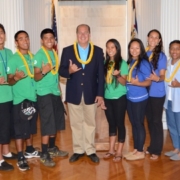

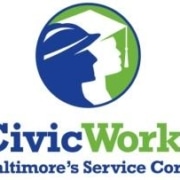
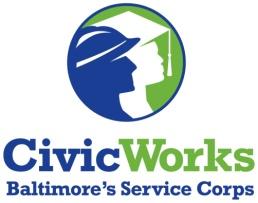
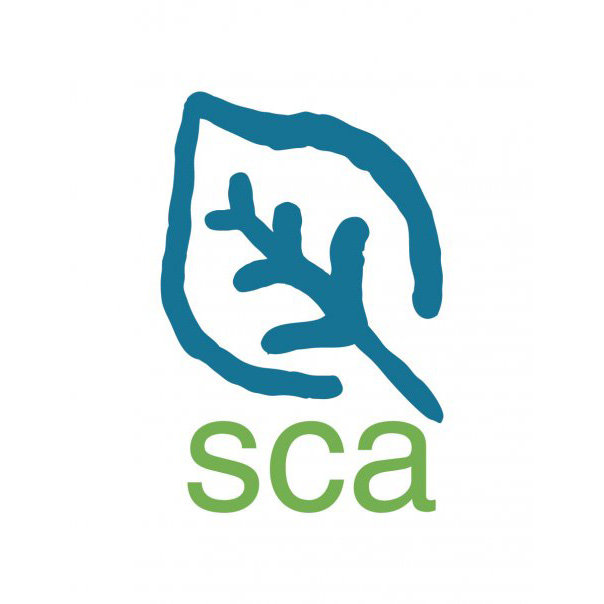

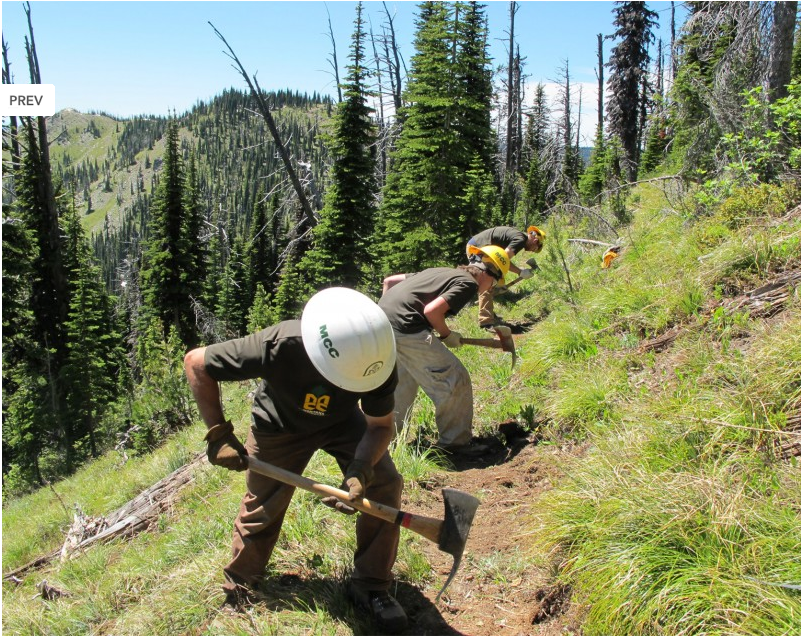
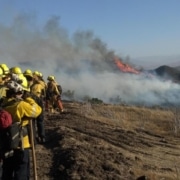

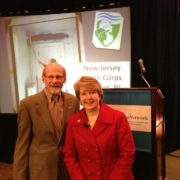
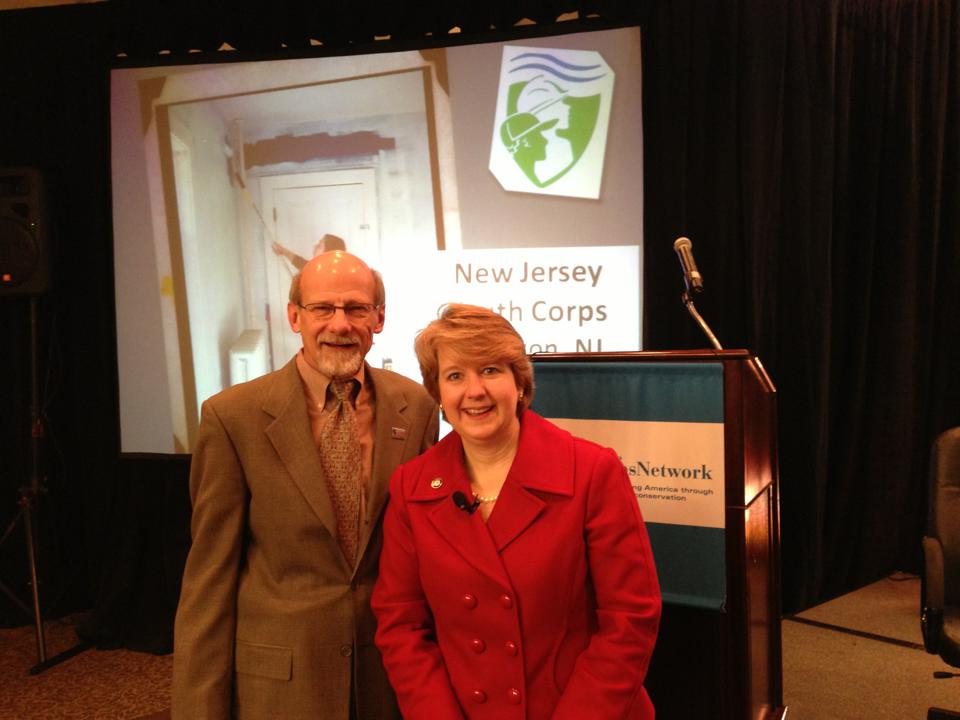
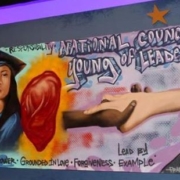

 having dropped out of high school to support their family. It was this determination that helped Christopher become a first-generation college graduate. While enrolled at California State University, East Bay, Chris was active in campus life and took advantage of every opportunity; he played intercollegiate sports, served as president of the student body, and participated in efforts to advocate for lower college tuition in California. As a political science major, Christopher benefited from spending a semester in Washington, DC as an intern for a member of Congress. This experience helped him discover a passion for local and domestic policy.
having dropped out of high school to support their family. It was this determination that helped Christopher become a first-generation college graduate. While enrolled at California State University, East Bay, Chris was active in campus life and took advantage of every opportunity; he played intercollegiate sports, served as president of the student body, and participated in efforts to advocate for lower college tuition in California. As a political science major, Christopher benefited from spending a semester in Washington, DC as an intern for a member of Congress. This experience helped him discover a passion for local and domestic policy.
